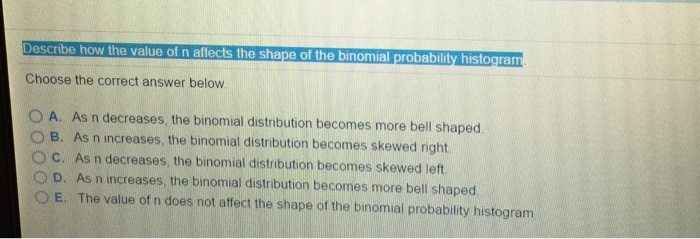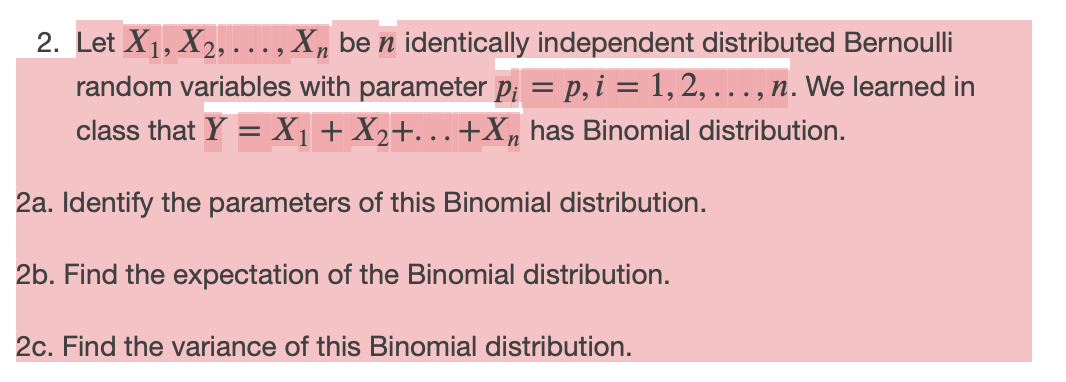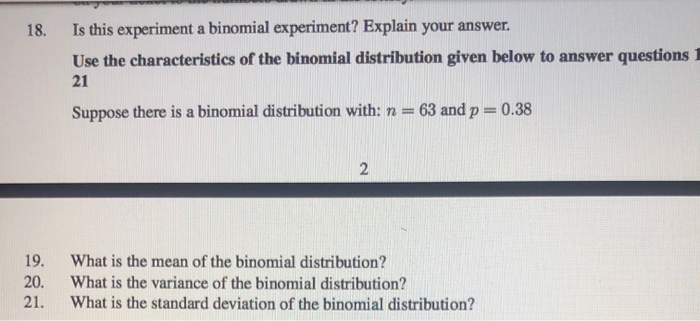Question
Question: Andrea Anti-Ponzi is a client who wishes to use a hash table that you design. You, the computer scientist, have decided to use a



Question:
Andrea Anti-Ponzi is a client who wishes to use a hash table that you design. You, the computer scientist, have decided to use a hash table with m slots that resolves collisions using chaining. You make the assumption of simple uniform hashing. Andrea, being mostly familiar with ponzi schemes, strongly dislikes chains of length two or greater. Therefore, you need to compute the expected number of hash slots that have chains of length two or greater. For parts (a)-(e) below, suppose that we have inserted n distinct keys into the hash table, and let j ? {0, 1, . . . , m ? 1} be arbitrary.
(a) What is the probability that none of the keys hash to slot j?
(b) What is the probability that ex



Step by Step Solution
There are 3 Steps involved in it
Step: 1

Get Instant Access to Expert-Tailored Solutions
See step-by-step solutions with expert insights and AI powered tools for academic success
Step: 2

Step: 3

Ace Your Homework with AI
Get the answers you need in no time with our AI-driven, step-by-step assistance
Get Started


